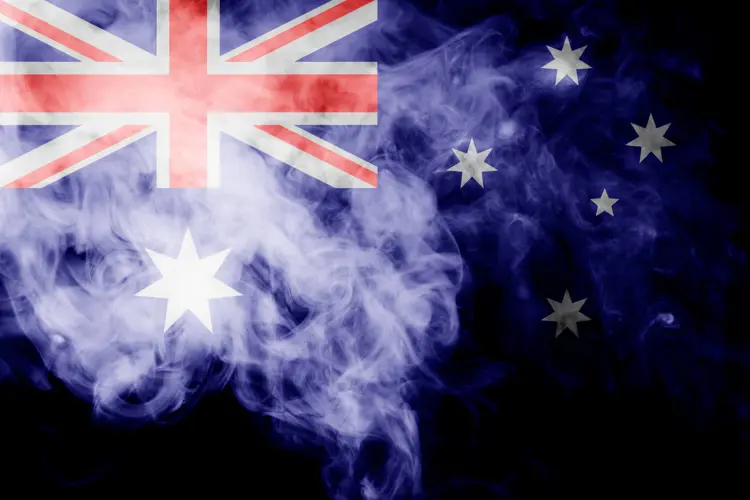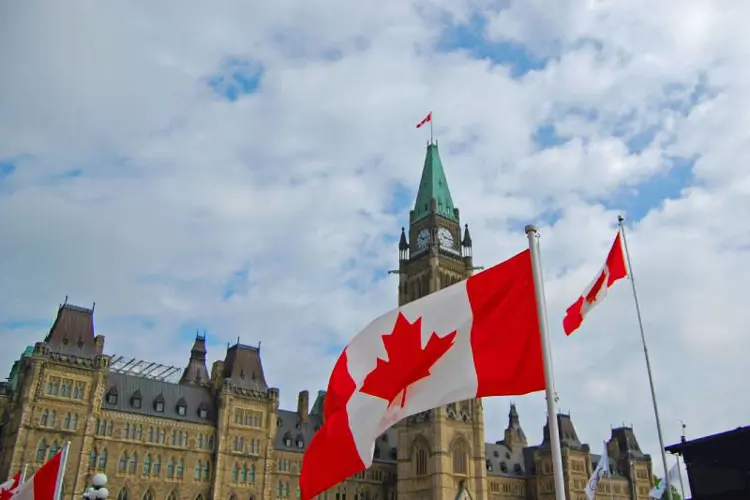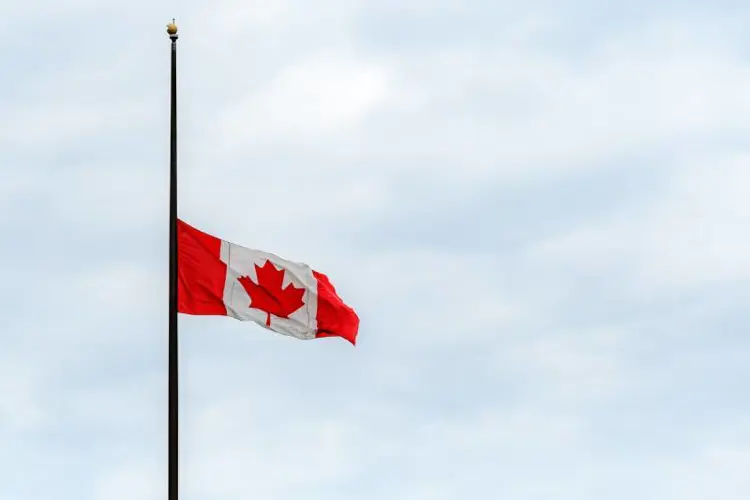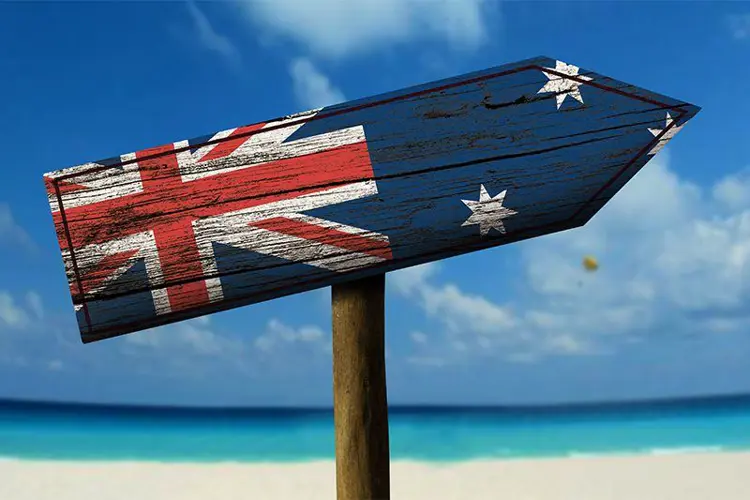After more than a year of delays, the Australian government will finally implement its notorious prescription-only vaping scheme on Oct. 1. After that date, those caught illegally importing nicotine without a doctor’s prescription will face fines of up to $222,000.
Meanwhile, cigarettes—which kill about 21,000 Australians a year—will remain available in all the places they’re available now, and treated as a normal consumer product.
The new rules will force Australia’s estimated 600,000 vapers to either jump through the hoops of finding a doctor willing to prescribe nicotine vaping products, or risk severe punishment for doing what they’ve always done. (The law in Australia already requires a prescription to import nicotine, but it’s almost completely ignored.)
The primary difference between importing vaping products now and after Oct. 1 will be more severe enforcement of the nicotine import ban that already exists. The government says the Australian Border Force will crack down on those bringing nicotine in without a prescription.
How does nicotine prescription work?
Colin Mendelsohn, a physician and chair of the Australian Tobacco Harm Reduction Association (ATHRA), has created a good explanation of the procedures for legally obtaining nicotine and e-liquid after Oct. 1. There is also a link on the ATHRA site where you can search for participating doctors, although you may be able to get a nicotine prescription from your current family doctor.
In addition to importing nicotine or e-liquid yourself with a prescription, there is also the possibility of buying through pharmacies, although it’s not entirely clear how well this will work in practice. Mendelsohn says not many pharmacies will participate.
For those importing products, be aware that the government has also instituted some new standards for nicotine vaping products. The maximum nicotine strength is 10 percent (100 mg/mL—a common DIY strength), and the government has banned these ingredients: acetoin, benzaldehyde, cinnamaldehyde, diacetyl, diethylene glycol, ethylene glycol, pentane-2,3-dione, vitamin E acetate.
The list of verboten ingredients appears to include all the results you might get in a Google search for "dangerous e-liquid ingredients." Every substance on the list has been the villain in at least one panicky news story about vaping—some from way back in 2009. (And vitamin E acetate—the thick, oily substance used to dilute the black market THC oil that led to the “EVALI” outbreak—has never been used as an ingredient in e-liquid.)
Generally, once you find a doctor who’ll help obtain a prescription, the process of getting nicotine isn’t much different from what Australian vapers have always done. It’s annoying and wrong that the government has taken this route, but most vapers who understand how it works should be able to navigate the system.
The question is whether most vapers are aware of the new requirements or grasp the risks of not following the process. It’s fair to assume that many won’t understand the greater risk of enforcement and increased penalties promised after Oct. 1. And even vapers who know about the new requirements for importing nicotine may not be aware that it's a crime to even possess nicotine without a prescription in Australia. To be safe, vapers will need to carry a copy of their prescription wherever and whenever they vape.
Medicalized vaping is bad for vapers and worse for smokers
The worst part of Australia's new process is that it makes vaping less accessible for people who smoke. Cigarette smokers will be unlikely to try vaping if they must first meet a doctor and get a prescription. Vaping in Australia is already difficult enough without the added steps, and many smokers aren't convinced in advance that vapes will be able to replace their cigarettes.
What the government has done fences vaping off from the normal nicotine marketplace, forcing potential vapers to waste their time and money to get access. It makes the product less attractive to try, even if it does come with a weak sort of medical endorsement.
Smoking isn’t a disease, and vaping isn’t a cure. They’re competing consumer nicotine products that should be available in the same retail locations so Australian nicotine users can choose. Vaping can win a fair fight, but the Australian system isn't fair.
Instead of letting the deadly product and the low-risk one battle it out on equal footing in the consumer arena, Australia has decided to give cigarettes a huge market advantage by forcing vapes to compete with a regular store-bought product while trapped in this bizarre, government-induced zombie state. It will lead to more smoking and less vaping, and that's not good for anyone—except the tobacco industry.
The Freemax REXA PRO and REXA SMART are highly advanced pod vapes, offering seemingly endless features, beautiful touchscreens, and new DUOMAX pods.
The OXVA XLIM Pro 2 DNA is powered by a custom-made Evolv DNA chipset, offering a Replay function and dry hit protection. Read our review to find out more.
The SKE Bar is a 2 mL replaceable pod vape with a 500 mAh battery, a 1.2-ohm mesh coil, and 35 flavors to choose from in 2% nicotine.
Because of declining cigarette sales, state governments in the U.S. and countries around the world are looking to vapor products as a new source of tax revenue.
The legal age to buy e-cigarettes and other vaping products varies around the world. The United States recently changed the legal minimum sales age to 21.
A list of vaping product flavor bans and online sales bans in the United States, and sales and possession bans in other countries.



















